GENES # 10 - Cole Chreptyk
Explore Cole’s journey at Alterior/A Living Taste, starting with the GENEs of his leather belt. His craftsmanship and dedication has transferred into a thriving hub of creativity and bespoke clothing.
This is the 10th installment in my series called GENEs where I interview locals I have met over my time taking photos in “east vancouver” and unravel the stories behind their favorite things.
To check out the previous interviews covering a range of clothing with gorgeous stories, see the link here.
To ensure you don’t miss an interview, consider subscribing.
If you have read anything I have produced over the past year or so, either in the INS(oev)IDE series, or in my DiPartures series, you likely have come across me writing about the brothers at Alterior/A Living Taste on Venables and Commercial in “east van”.
For a thorough introduction and history into my relationship with this space, and the people who run, work, and thrive in it (Cole being one of them) you can read this story I wrote back in February, where I cover some of the amazing things they are doing and some of the future challenges they are facing.
This GENEs, is focused on one of the two brothers who have worked so diligently in creating and collaborating with others on what today, arguably, is one of the coolest spots in the city. Alterior/A Living Taste is a design and manufacturing studio, storefront, free library, community space, pop-up destination, climbing hub, and one of my most recommended spots to visit when you are in the neighborhood. Recently, a Substack I’ve become a big fan of called SOTA, wrote that “Clubhouses” are fashions latest “obsession”, covering how some of the biggest and coolest brands are creating “clubhouses” for their most loyal customers and clients, providing spaces to gather and build community around a brand. As I was reading it, the only thing I could think of is how, in our little corner of the world, this was already happening in a truly organic and beautiful way, not to mention with a humble and hard working ethos (also, its been a staple of the skate-shop culture since…forever…).
Cole, being one of the two brothers who have founded this space, is the feature of this GENEs story. As I’ve mentioned multiple times, I visit Alterior any time I’m in the neighborhood, sometimes for a quick chat, other times for a mind-expanding learning session that has me leaving with new understandings and inspired in the realms of “the industry”, sewing, art, books, or culture because of the wealth of knowledge the brothers have through their experiences working at Livestock and starting their own company, but also the people who also enjoy frequenting this spot always are some of the most creative and interesting people in the city and you can always join in or listen to some really interesting conversations.
Over the last few years, Cole and his brother Dallas have been in their studio, working diligently on their next pair of pants, unique collaborations with interesting brands, or planning and hosting community events. At any point during the day, you can walk in and see them educating customers, planning with artists, or simply with their heads down cracking on with the craft of producing the pieces that are giving this neighborhood its own unique style.
The vast majority of the time I am chatting with Cole, he is either at the sewing machine or cutting table, answering my casual inquiries between meticulously creating a pair of jeans, leather goods, hats, or jackets. The attention to detail and craftsmanship he puts into their clothing is unlike anything I have ever seen and I always appreciate when he’s able to take a moment to chat, but then go right back into creating.
I have been trying to sit down with him for months now for this project, but with all the different projects they are working on, it is hard to find some dedicated time to sit and chat. Luckily, after a few attempts, Cole agreed to pick a piece of clothing to talk about for GENEs and we got to talking on a sunny spring morning over some sausage rolls and a fresh product drop.
Leather Good Origins
Cole had mentioned a couple times that he wasn’t sure what piece to talk about for this interview, as their newest cut and sew project is their iconic wide trouser which he loves and has multiple pairs of, but he decided that talking about the first belt they made would be more fitting, to give an “origin story” style interview. So we began in the early days of manufacturing clothes…
It started back when we were still working at Livestock, when we decided we wanted to make clothes. The belt was the first piece we produced to sell. To this day, it’s one that’s barely changed since we started, the only difference is, before, we used to have a little snap set-up instead of the buckle being stitched in. We switched it over maybe a year into making the belts. It just seemed a little bit more secure to do it that way.
The quality of the belt was apparent as I inspected the stitch, this belt has been worn hundreds of times and you can tell it has only gotten better with age. He showed me a sample of another belt that had the buttons and personally, I like the stitch better too, the evidence of a hand made process really tells the story of the time and energy put into producing this belt.
I admired how much the leather has changed shape and colour over years of wear, so we grabbed a brand new one off the shelf and compared it.
It's just from wearing it every single day, sweating in it, working in it, and just doing everything under the sun in it. It's super dark now. The oils from daily use transfer over when your hands are touching it all the time. I think the natural veg tan is our favorite just because it gets its own character from just using it.
They use an Italian leather which they have been working with for a long time, high quality, made to last, and will patina beautifully over time. Clothing like this always entices me, and although I don’t currently own a belt, I will likely be purchasing one in the new future. As someone who really likes to wear his clothes, buying pieces that are intentionally made to last and get better with age is a no-brainer decision for me these days. Yes, it’s much more expensive, but when the intention is longevity and locality, that initial cost should be viewed as an investment into quality and your community, rather than a price of a throwaway consumable.
We continued to talk about the brand as a whole and what the belt represents as an idea, rather than just a product.
his belt is the first product we made as a brand and it opened our world to making more things. We didn’t go to school for this. We made the belt and it kind of surprised us when people actually wanted it, it was the thing that really sparked this. Idea’s started flowing after that, we started to create new things.
They had identified a gap in the products at Livestock and decided to try and fill that gap themselves. He continued to explain how the products started to evolve from there, a key house followed, some coasters, and then a card holder. All products they continue to carry and sell today. Although the leather goods are not the sole focus of the brand any longer, they have become a canvas for collaboration for the brand (see Braindead and Mister Green).
The clothing side didn't really start until we got into the space here. I think it was 2016. We did a non-credit course at VCC just to learn how to use an industrial sewing machine because we had the interest but didn't really have the right setup or knowledge to do it yet.
It was just to get comfortable on a machine. Then after that, we made a few tote bags and played around a little bit with the single machine that we had.
From there, just like when they started with the leather goods, they began experimenting with making different products on their single machine. At the time they were only able to spend a few hours on a machine or at a friends space where he had some machines set up. After a little while of learning the ins and outs of the machines, they finally decided to take a chance on opening their own space and asked their friend if he’d want to move the machines into the space they had found.
We basically moved in here, got all the machines set up, and then started putting in the work.
One of their first stitched products was the high-quality tote seen below. From there they’ve continued to evolve into making their wide trousers and jackets, creating an ionic neighborhood silhouette you’ve seen many times in my photos as the neighborhood and their community has embraced the clothing staples they are producing (myself included).
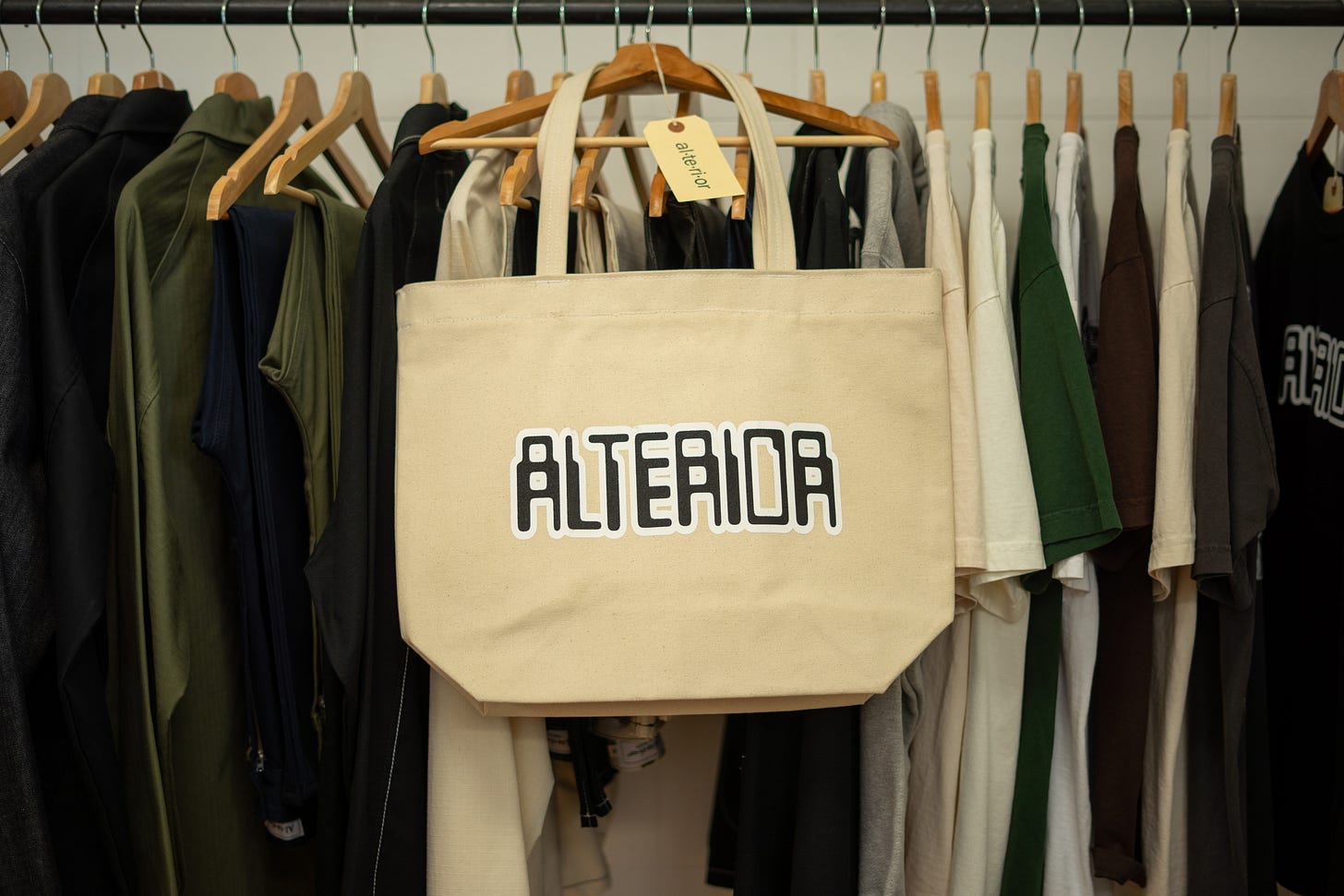
From this point, the conversation started to jump around a bit, as it always does when I am in the shop, floating around different topics as we converse about things we are noticing happening around us, from the style we see online, to issues in the neighborhood, to the next spot to try some good food.
I wrapped the conversation by taking a few more photos and left the brothers to continue on with their day. But as I headed out into the streets to try and find some portraits for the day, my mind kept thinking about the prior conversation so, as usual, I headed back for a couple follow up questions.
One being, what would happen if you ever lost this belt?
I would probably be a little bit bummed, but it wouldn’t be the end of the world since I could always make another one. When thinking about what piece to choose for this interview, I picked my belt because it was the first thing I made that opened up our eyes to the fact that you don’t always need formal training or schooling to do something. If you are interested enough, there are other ways to learn, you just have to be willing to try and put in the work.
Conclusions
While writing, I really enjoyed thinking about the angle of “the belt” as a representation of the origins rather than the item itself for this GENEs. The connection of his chosen piece—a utilitarian clothing item most people overlook—being at the center of the body, holding their newest passion, the pants, embodies the evolution of both the brand and his skills. A symbol and reminder daily as he dawns his “work uniform”, of the progress they have made, the challenges they have overcome, and the confidence that they can embrace whatever comes next.
The complexity of making the pants is far greater than producing a belt and Cole seems to be thriving in overcoming the challenges and mastering the techniques required to create. The last few weeks of popping into the shop has been a showcase of the work he is putting into a new collaboration pair of trousers with a beautiful denim from Dana Lee Brown (a little sneak peak below).
From their early days at Livestock to the establishment of their own store and brand, it's clear that their story is not just about making clothes. It's about creating a community, a culture, and a legacy through hard work, a dedication to craft, an openness to collaboration and conversation, and a genuine and humble approach to all of their interactions. The belt, as simple as it may seem, represents the spark that ignited their creative journey and continues to remind Cole—and us—of the value of quality, dedication, and the beauty of evolving and learning in whatever we encounter. As I walked away, I couldn't help but feel inspired (as usual) by their journey and look forward to seeing what new heights they will reach, and the unique pieces they will craft, in the years to come.
Coles GENEs Recommendations
Local - Matthew Provost (@twosmudge_) A local indigenous multidisciplinary artist specializing in printmaking and bead work.
Reach - Kyle Ng of Braindead - Long time collaborator with Alterior

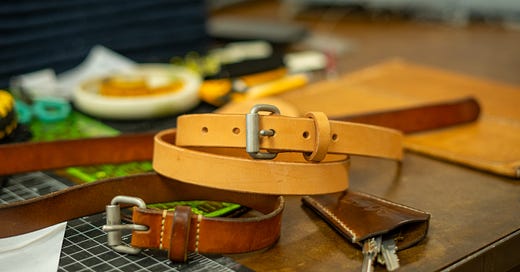



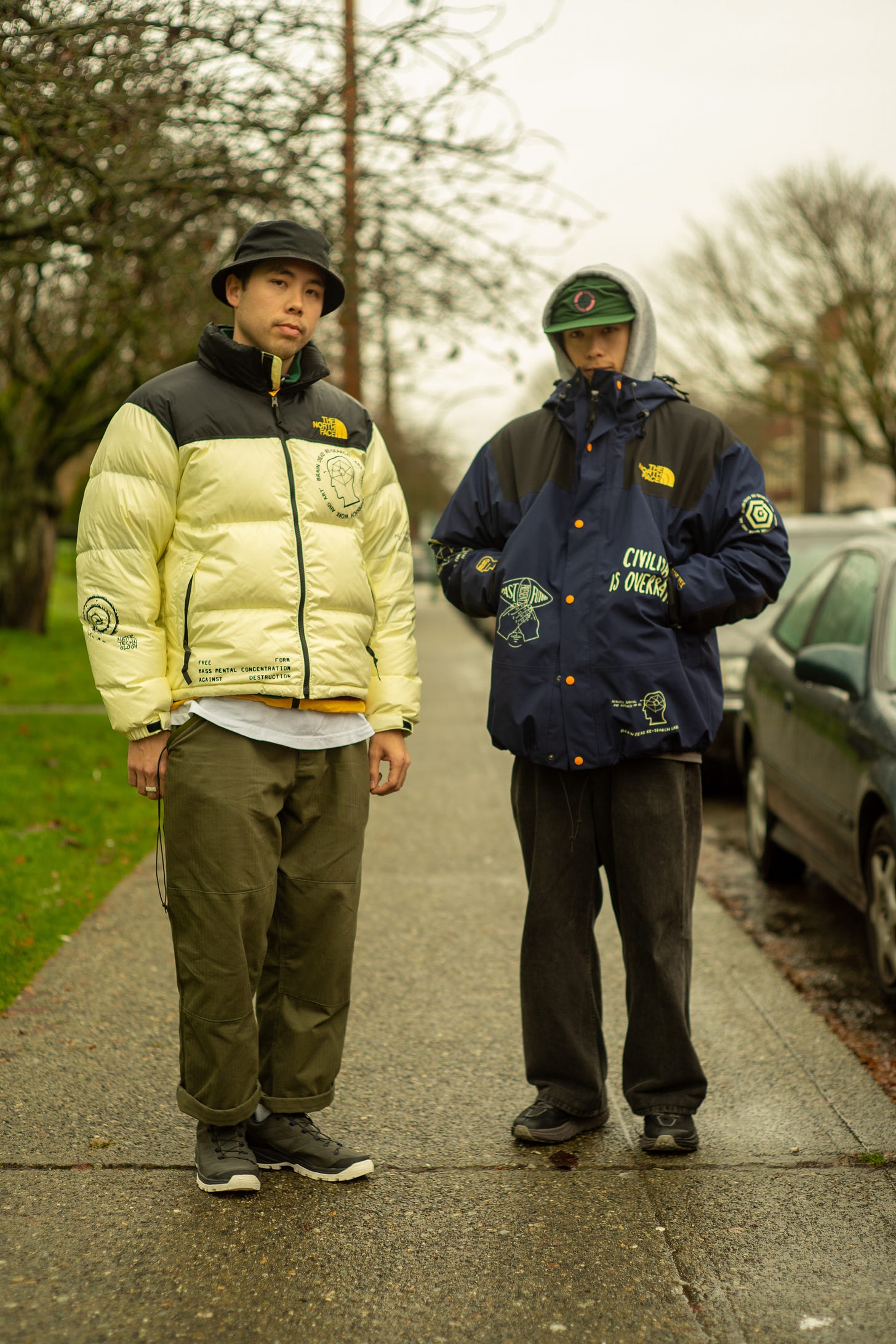
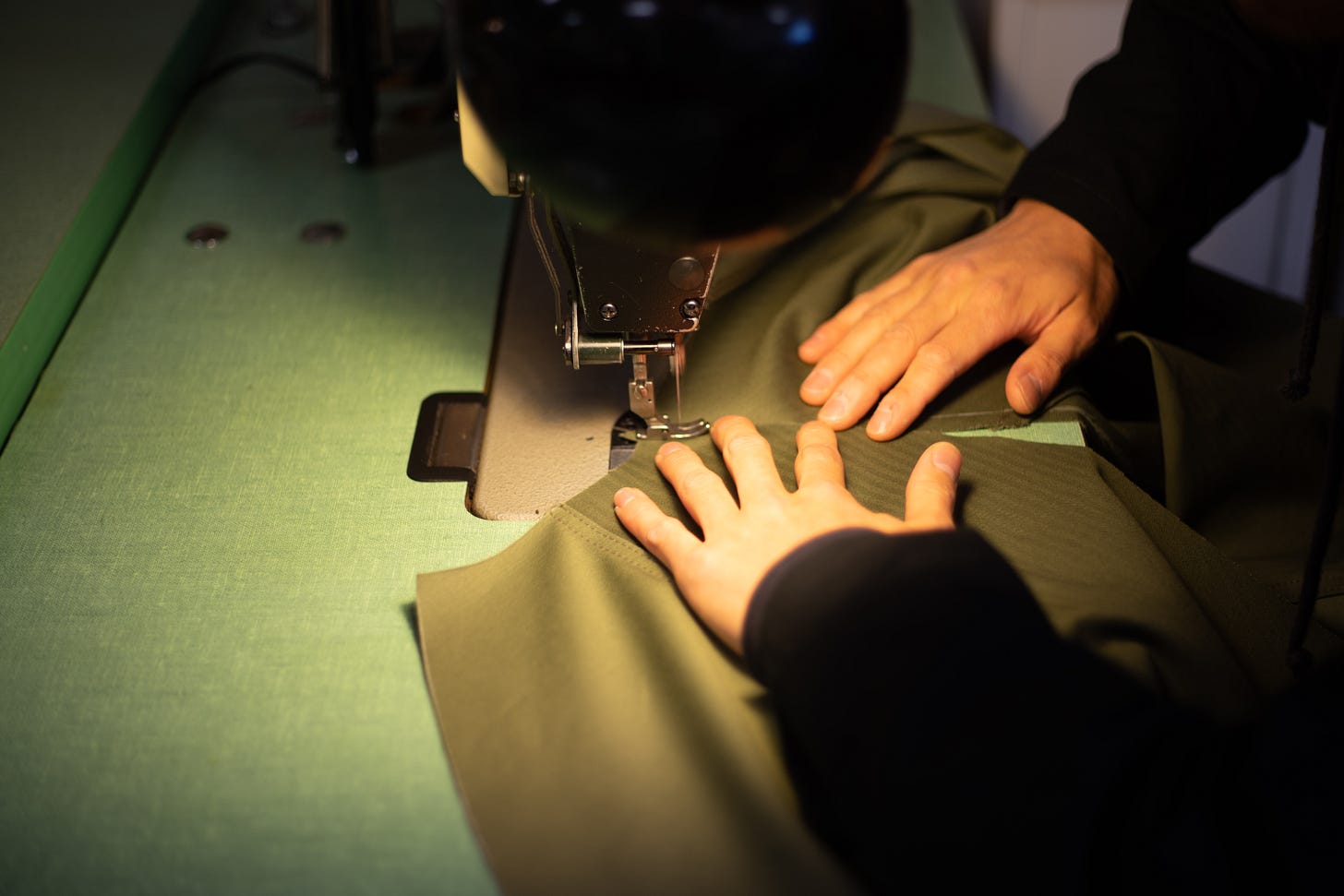
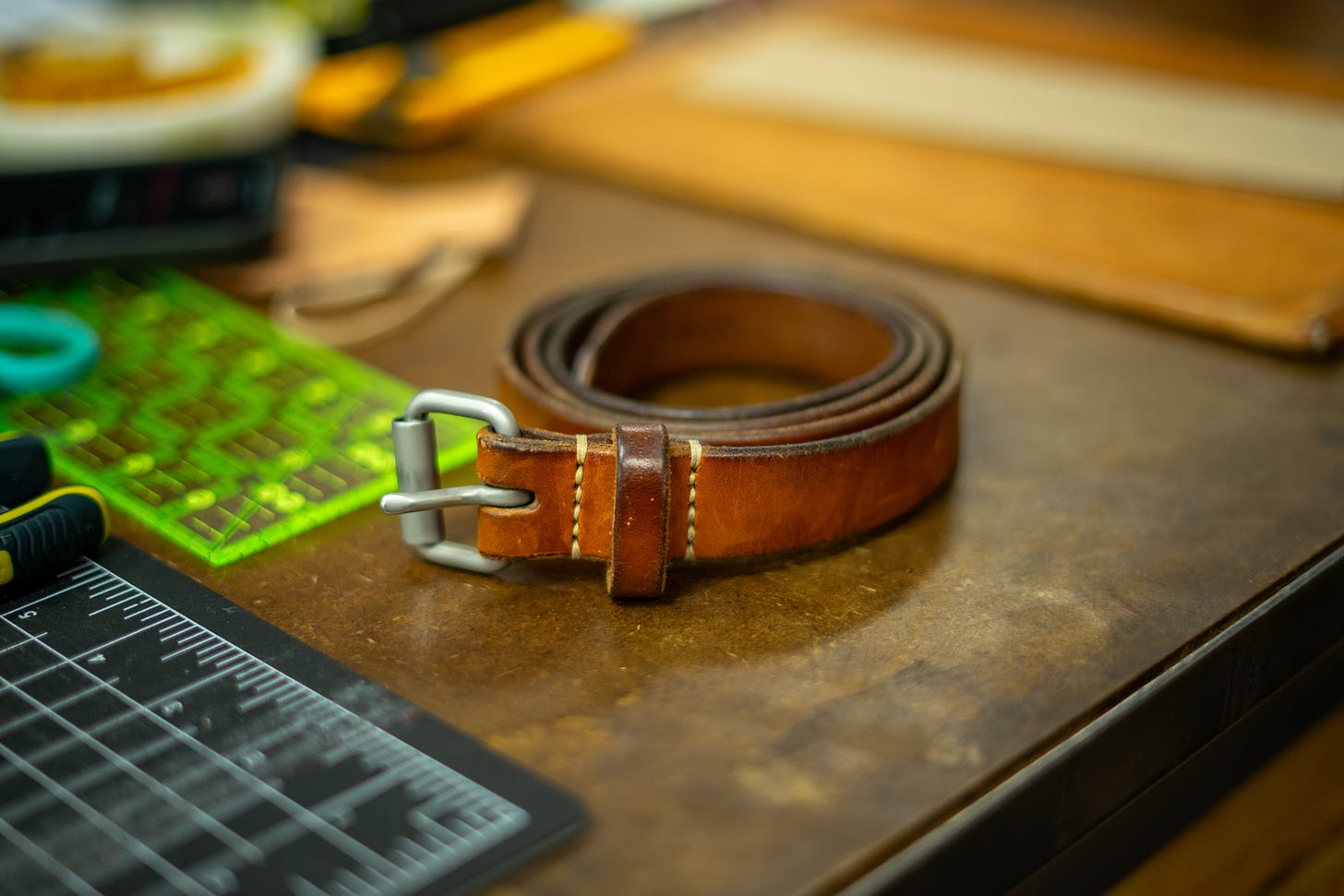

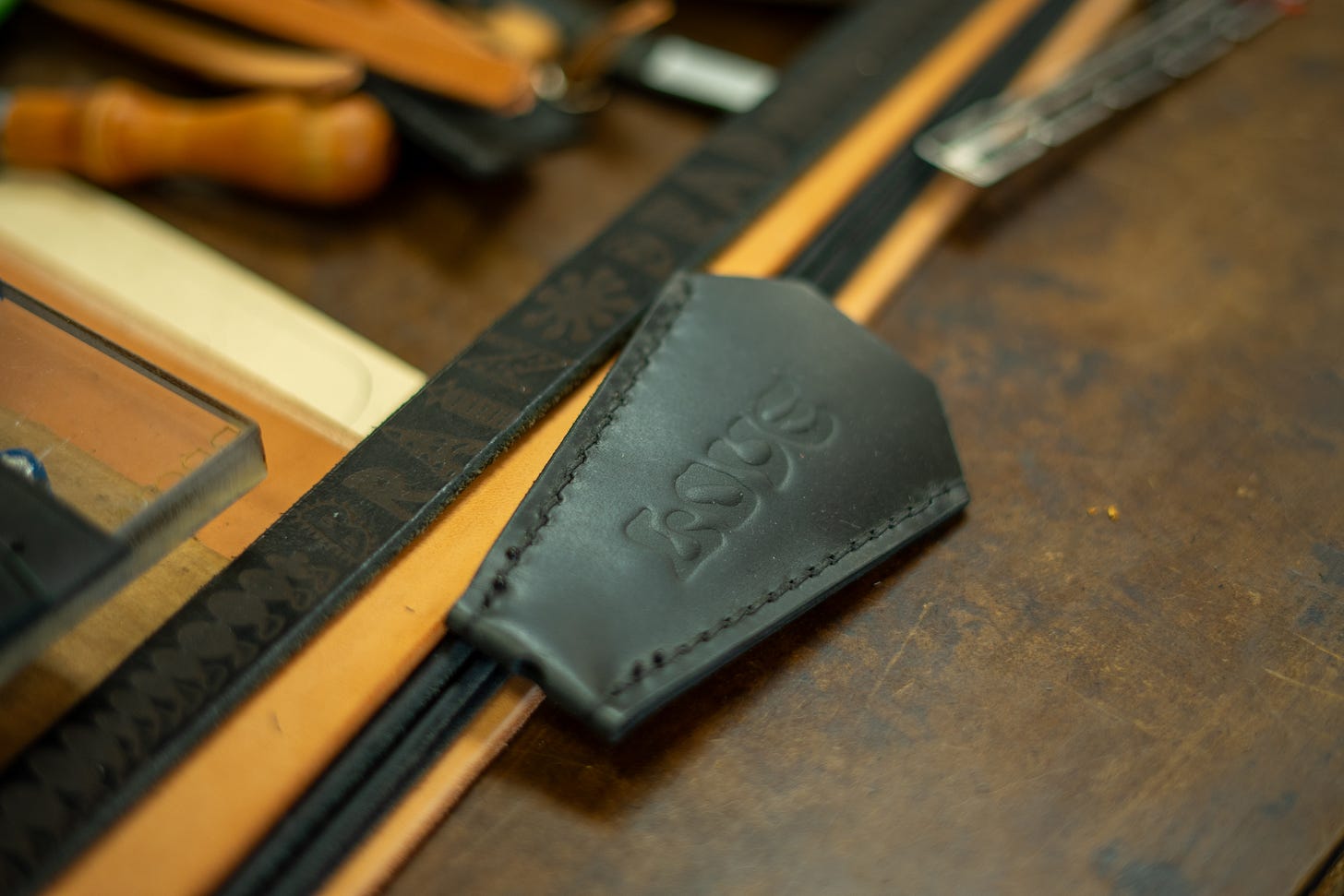
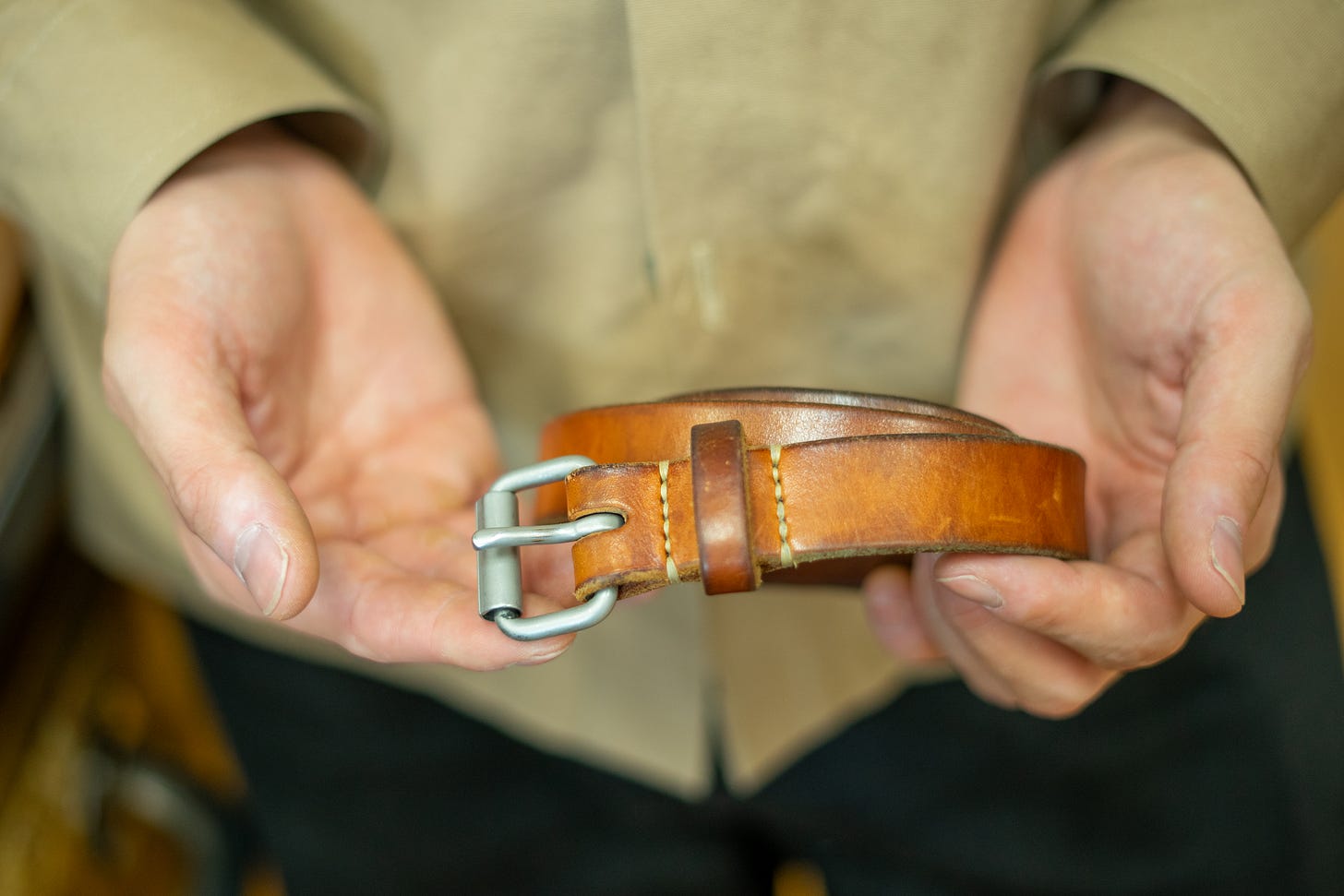
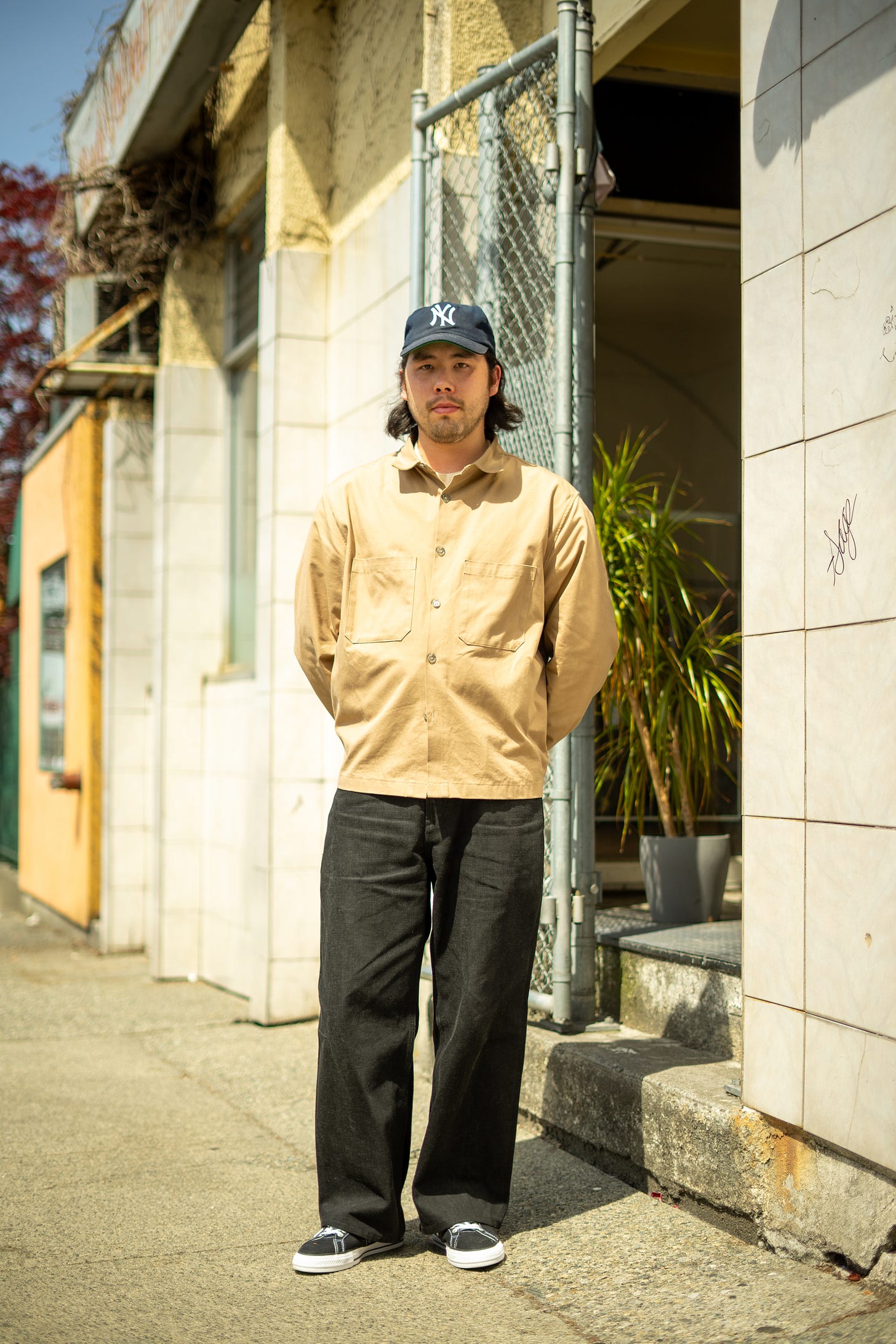
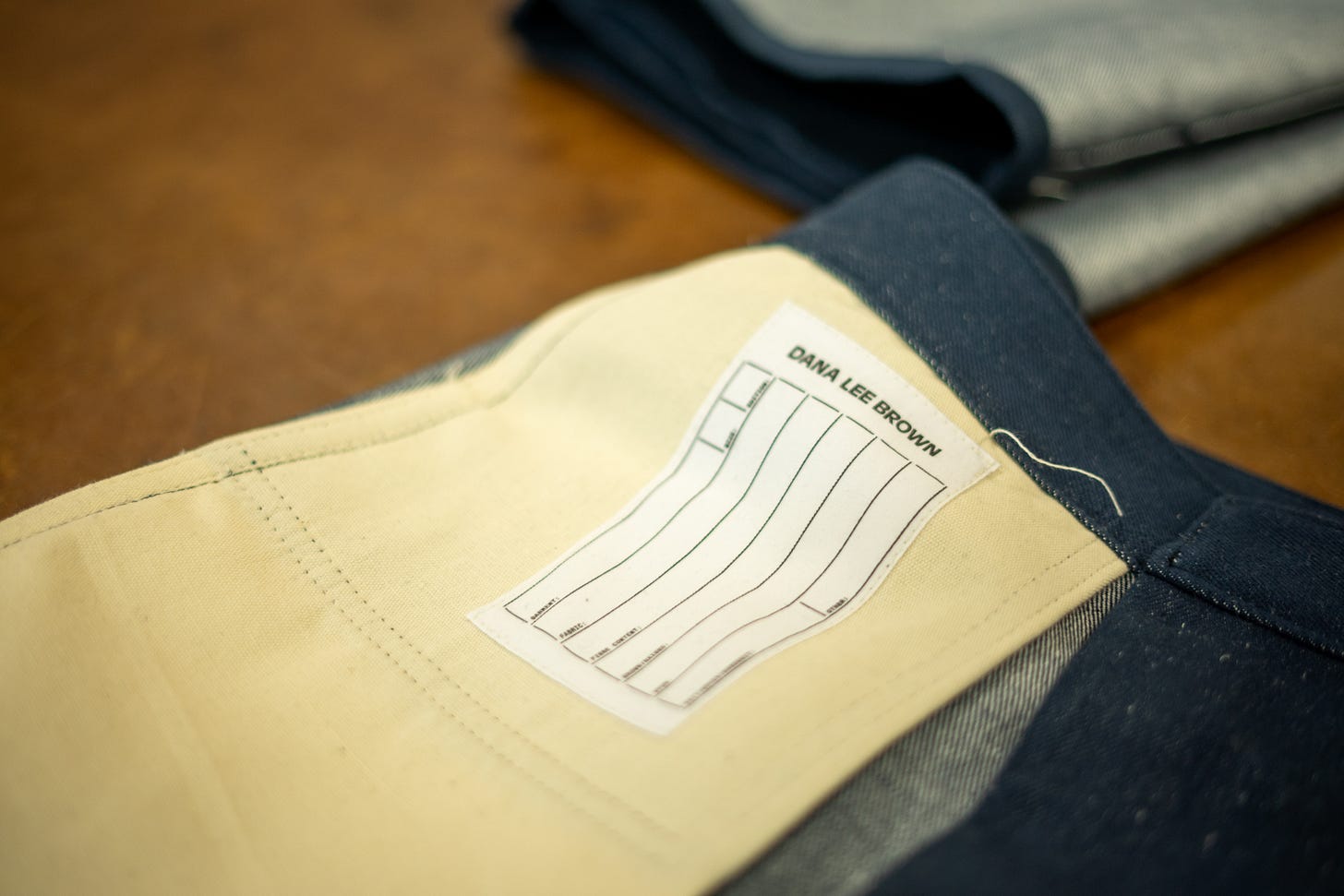
Incredible attention to detail, and we should all have such deep appreciation for the "little" things. Thanks for sharing this story.